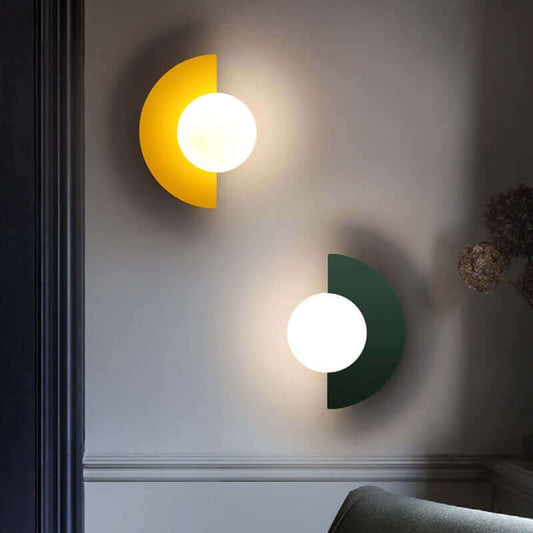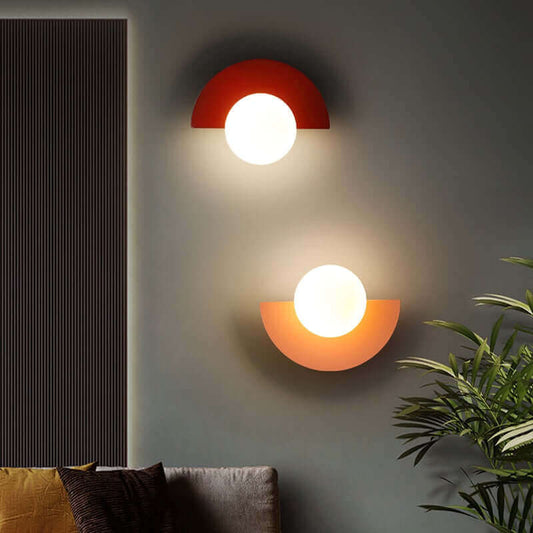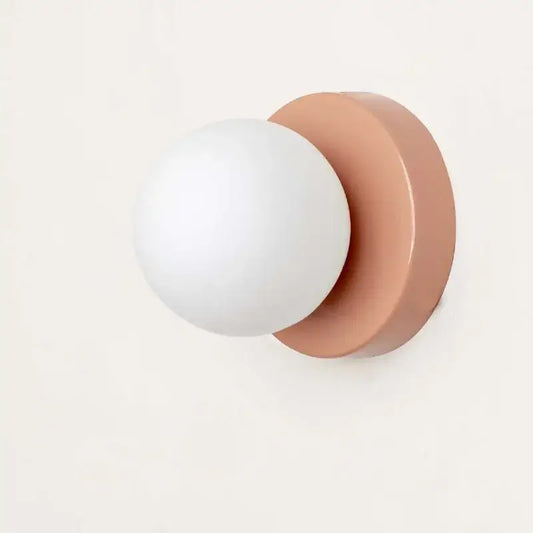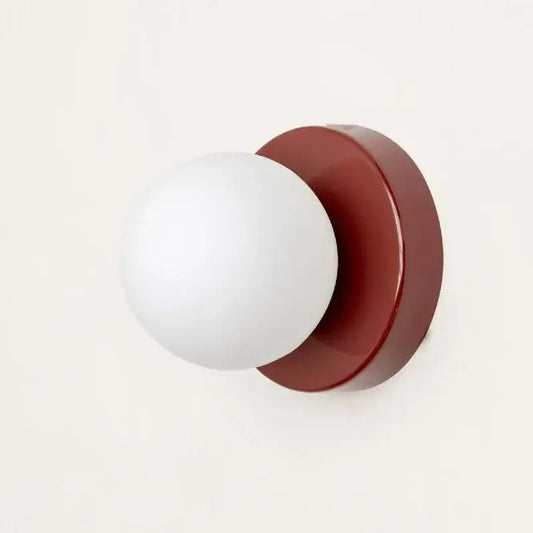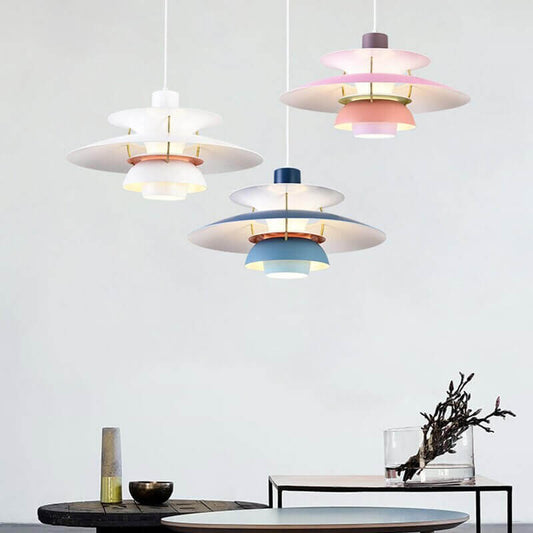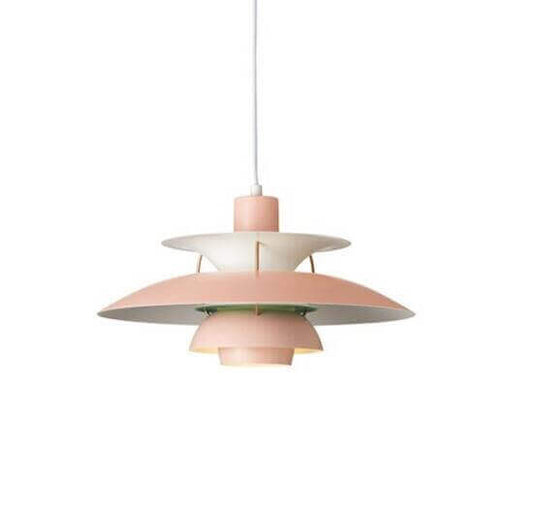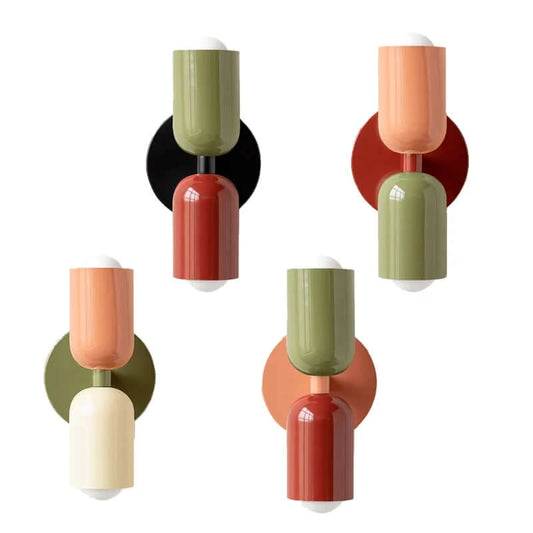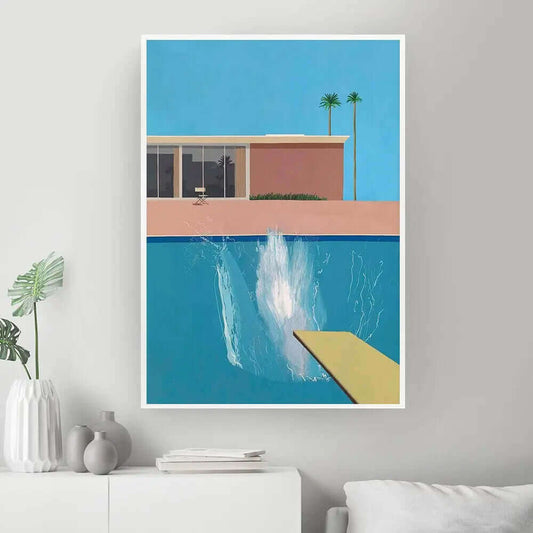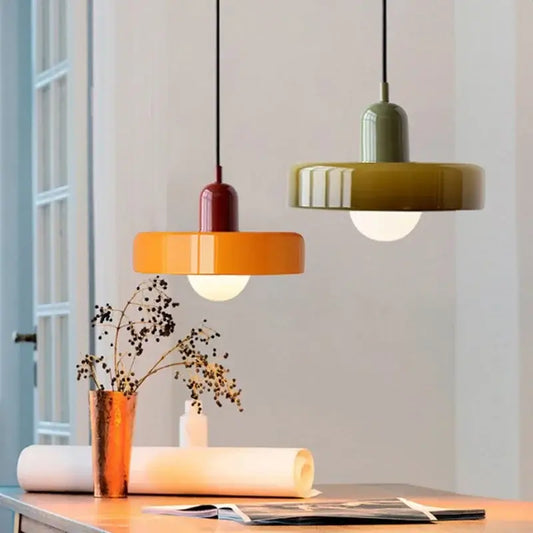Unveiling the Artistry of Ancient Egyptian Vases
Ancient Egyptian vases offer a captivating glimpse into the artistry and functionality of one of the most remarkable civilizations in history. These clay vessels served practical purposes, primarily storing precious perfumes and oils, while their intricate decorations showcased the rich religious beliefs and cultural practices of the ancient Egyptians. By exploring the evolution of Egyptian vases, we can trace the changes in style, shape, and symbolism, providing invaluable insights into the development and artistic prowess of this ancient civilization. This article builds upon the foundation laid by our previously published work, "A Brief History of Vases," to delve deeper into the specific context of Ancient Egyptian vases.
The Evolution of Ancient Egyptian Vases: Unveiling the Artistry and Functionality
Ancient Egyptian vases hold a unique place in human history, standing as testaments to the ingenuity and creativity of the Egyptian civilization. These vessels, primarily crafted from clay, not only served practical functions but also acted as conduits for religious and cultural expression. By examining the evolution of Egyptian vases, we can gain a comprehensive understanding of the artistry, symbolism, and significance associated with these extraordinary artifacts.
The Role of Vases in Daily Life
During the ancient Egyptian period, vases played an essential role in daily life, serving as containers for storing valuable commodities such as perfumes and oils. The Egyptians' mastery of pottery allowed them to create vessels with intricate designs and meticulous craftsmanship, elevating these everyday objects into works of art. The evolution of Egyptian vases can be traced through different periods, each characterized by unique stylistic features, reflecting the civilization's artistic development over time.
Stylistic Evolution Through Time
The Early Dynastic Period: Egyptian vases featured simple, elegant designs with minimal decoration. The vessels were often cylindrical in shape, with flat or rounded bases and narrow necks. However, as the civilization flourished, the vases began to exhibit more elaborate and intricate designs, reflecting the Egyptians' growing expertise in pottery-making.
The Old Kingdom: This period marked a significant shift in the artistry of Egyptian vases. The vessels became more sculptural in nature, with intricate patterns and intricate details adorning their surfaces. Hieroglyphs, the sacred Egyptian writing system, began to appear on the vases, offering insights into the religious beliefs and cultural practices of the time.
The Middle Kingdom: Egyptian vases underwent further transformations. The vessels became more diverse in terms of shapes and sizes. Some vases took on the form of animals, such as birds or hippopotamuses, displaying the Egyptians' fascination with the natural world. The decorations became more sophisticated, depicting scenes from daily life, religious rituals, and even mythological narratives.
The New Kingdom: This era represented the pinnacle of Egyptian vase craftsmanship. The vases showcased intricate patterns, ornate designs, and rich symbolism. The lotus flower, a symbol of rebirth and fertility, frequently adorned the vases, reflecting the Egyptians' beliefs in the cycle of life and the afterlife. The New Kingdom vases also depicted iconic pharaohs, immortalizing their reigns through exquisite pottery art.
Vases as Expressions of Culture and Identity
As we examine the evolution of Egyptian vases, it becomes evident that these artifacts were not merely utilitarian vessels but intricate expressions of Egyptian culture and identity. The vases served as a visual language, communicating religious beliefs, societal values, and historical events. Each design element, from the choice of symbols to the arrangement of hieroglyphs, conveyed specific meanings and contributed to the overall narrative depicted on the vase's surface.
Recommended Books
- "Art and Artifact: The Museum as Medium" by James Putnam
- "Ancient Egyptian Art and Architecture: A Very Short Introduction" by Christina Riggs
- "Egyptian Art" by Cyril Aldred
- "The Art of Ancient Egypt" by Gay Robins
Hashtags
- #AncientEgyptianArt
- #EgyptianVaseArtistry
- #CulturalHeritage
- #HistoricalArtifacts
- #AncientCivilization





